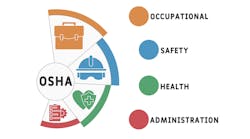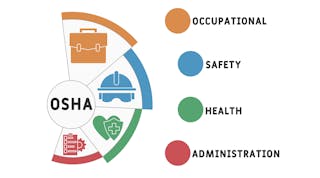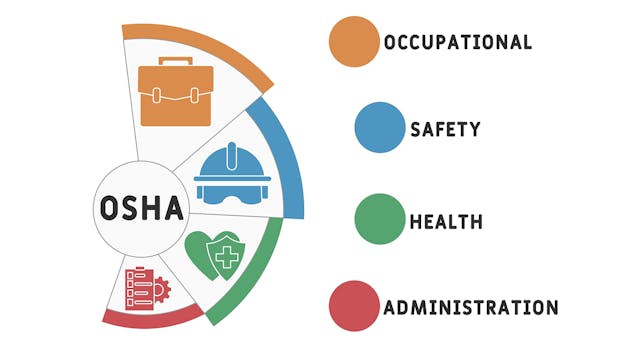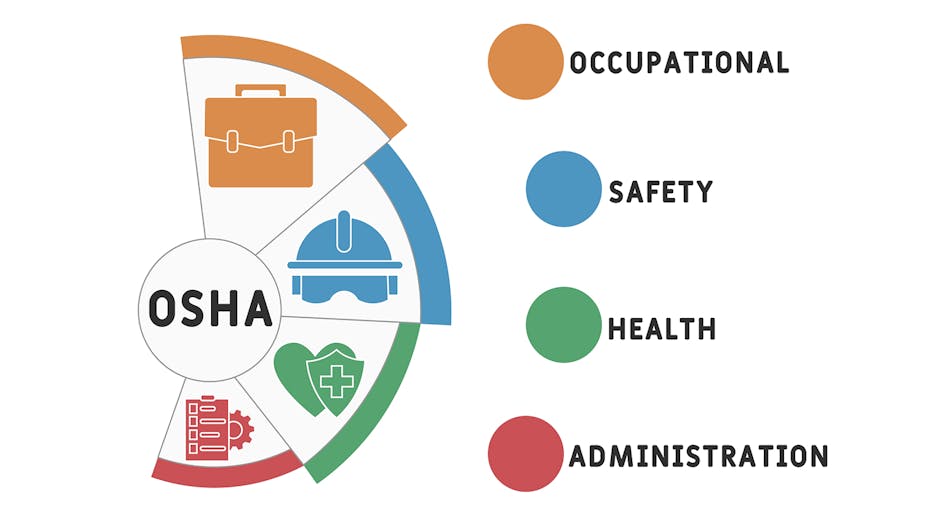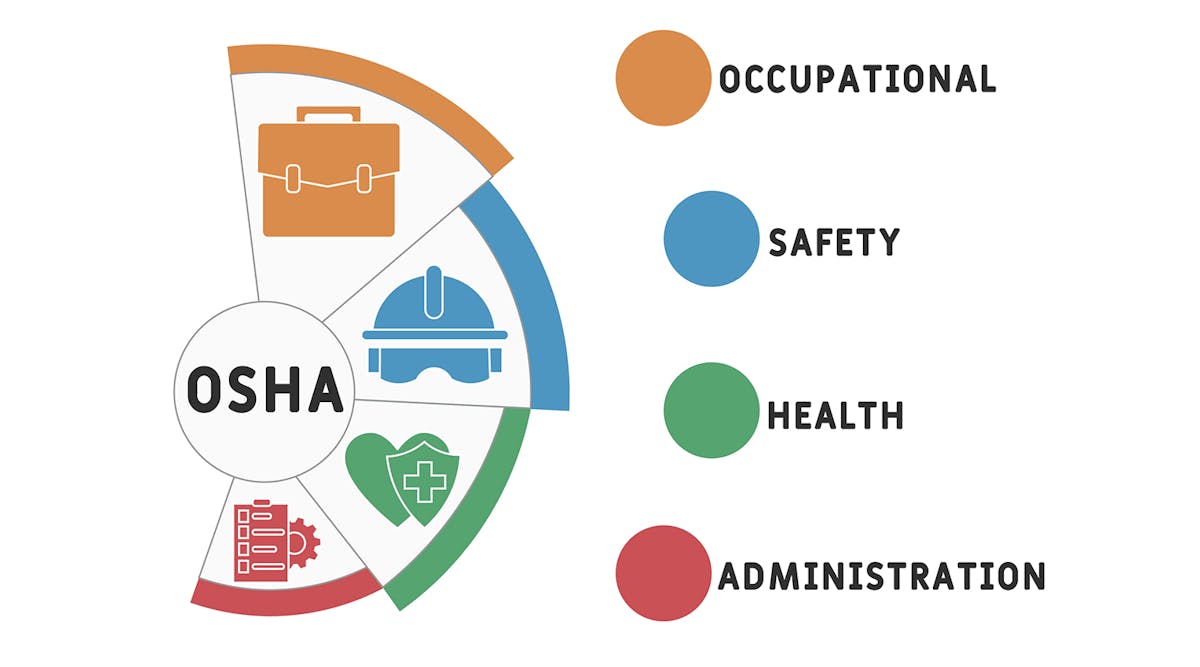Workplace injuries can disrupt life—physically and emotionally.
Employees injured on the job are twice as likely to experience serious psychological distress compared to those without injury.
Simple tasks, such as caring for children, cooking, walking pets, or managing finances, can feel like hurdles.
It leaves workers asking: What’s next?
That’s why your employees need your help through every step of their recovery. Let’s look at what you can do to care for your injured employees and their well-being.
Trust Your Employees
After an injury, trust becomes a pillar of support. I’ve worked in managed care for nearly 30 years. In my experience, most workers’ compensation claims are real, valid cases. Don’t focus on the few that might not be.
Listen to your employees and encourage open, two-way communication. They’re feeling the effects of a physical injury and the uncertainty that comes with it.
Dialogue builds trust, and it can lead to information that helps you tailor your support.
Understand Their Behavioral Health Challenges
Behind every injury is a person. That person has thoughts and emotions. They also have responsibilities outside of their job.
Remember, your workplace provides more than a paycheck to employees. It offers social connections, normalcy and security. Injuries can take that away.
Here are challenges your injured employees may face:
- anxiety and stress;
- lack of social support from family, friends, and work;
- financial uncertainty;
- fears of re-injury or job security;
- chronic pain; and
- difficulty adapting to physical and emotional changes.
Each of these risks can affect an employee’s recovery and extend their time away from the job. The result can have serious financial implications for your business and your employee.
Just by understanding these risks, you can become a better advocate for your injured workers. When you maintain frequent communication with your employees, you can help spot these stressors early on. This enables you to offer better support, which can lead to better recoveries.
An outcome that benefits your employee, their family and your business.
Embrace Your Role as an Employer
If you strain your back unloading a pallet on the job, you could miss work for a few weeks. How would you want your employer to treat you?
Most workers I’ve met want compassion, empathy and support.
If you aren’t communicating with your employees, you leave room for uncertainty. That can soon lead to feelings of fear, isolation and distrust. It can disrupt their progress and damage your business’ culture.
Make your injured worker feel valued—as a person and employee. Here’s what that looks like:
- Express genuine care about their recovery through the entire process
- Schedule regular check-ins and communication.
- Offer support and resources.
- Outline flexible work arrangements and modified duties.
- Collaborate on their return-to-work goals.
Now, let’s take a closer look at how to put that into practice.
Involve the Right People
The people who support your injured employees can serve as first-line advocates. They’re the eyes and ears that can help recognize when an injured worker needs more support, or other resources. A successful program includes open communication among several parties:
- the injured employee,
- the employee’s supervisor,
- your human resources representatives,
- your insurance claims representative, and
- the employee’s treating provider, who will work closely with the insurance claims representative.
Together, your support team plays a vital role in helping employees overcome physical and mental barriers.
Technology, with human service, can also aid your efforts. Don’t hesitate to explore potential services available through your insurer. Resources such as telehealth and virtual reality therapy can provide greater access to care. Meanwhile, data analytics may offer insights that help identify trends and risk factors.
Develop an Early Return-to-Work Plan
The Colorado Division of Workers’ Compensation suggests that up to 10% of all workers with injuries may experience delayed recovery.
An early return-to-work plan can help employees stay engaged and ease them back to work. By developing a formal plan with injured employees, you show them you value their contributions. That type of commitment can help them regain their confidence and a sense of normalcy.
As a result, you can help promote better outcomes and control medical costs. It’s a win-win for you, and your employees.
Here’s how to start:
Assign a leader to manage your program. They should work with your business’s safety and human resources teams to create consistent messages and expectations.
Develop a policy statement that emphasizes your commitment to offering flexible accommodations. Highlight your focus on supporting their holistic recovery.
Establish clear goals to monitor results. Include specific criteria for employee eligibility. Outline milestones and administrative details needed to support injured employees.
Connect with the care team and your insurer to discuss accommodations and the employee’s ability to return to work. Identify potential resources that may help employees manage social, emotional or psychological concerns.
Outline Light Duty Tasks
Depending on an employee’s medical restrictions and the needs of your business, a modified program can offer a variety of options to help them reacclimate to work. In your business, that could look like:
- inventory management;
- data entry and documentation;
- office tasks;
- machinery and equipment maintenance;
- training other workers, including new hires, in their area of expertise;
- property and safety inspections; and
- customer communication and support.
Regardless of their tasks, ensure it's meaningful and engaging work. Your main objective is to make sure your employee still feels like a valuable member of the team. If they do, it can aid their recovery and help them overcome the psychological barriers that can impact their return to work.
Continue Prioritizing Workplace Safety
Prevention is still the best medicine. It’s more productive and more cost-effective to reduce injuries altogether.
Invest in safety measures and regular training programs to minimize the risk of workplace injuries. Conduct safety audits, address potential hazards and ensure employees have the necessary protection to do their jobs.
When your workforce feels safe, they can focus on their tasks with peace of mind.
The Takeaway
The longer an employee is out of work due to injury, the greater the mental and emotional toll it can have. Remember, employees are more than their job descriptions. They’re moms and dads, Little League coaches, friends, and doting grandmas and grandpas.
They need your support after an injury.
When you prioritize the well-being of your injured workers, you send a powerful message—one of compassion, empathy and commitment.
Create a workplace environment that focuses on your employees' overall well-being. An open channel of dialogue with your injured employees can make a world difference in their recovery.
In the meantime, use these tips as a starting point. Then, talk with your team and local experts to develop a plan specific for your business. Your employees will thank you.
Jean Feldman, RN, BSN, is the senior director of managed care for Sentry Insurance, and is responsible for the managed care programs and clinical strategy for workers’ compensation.























































